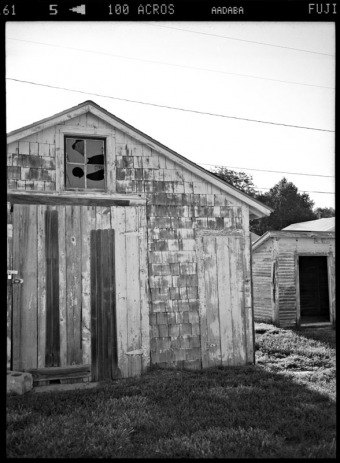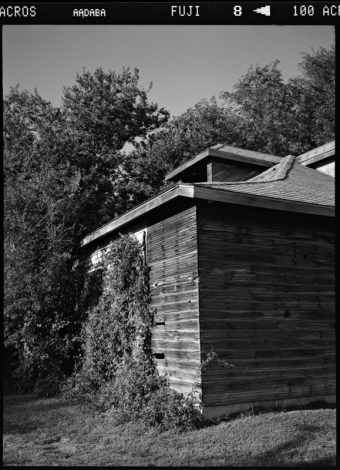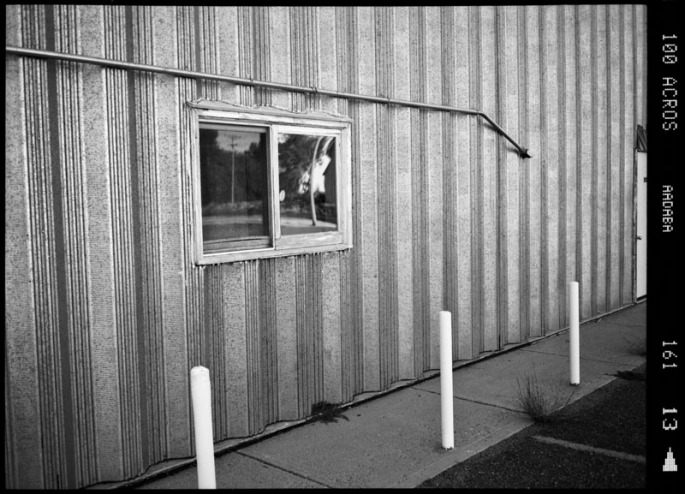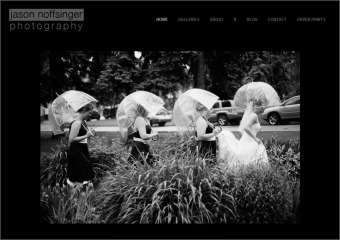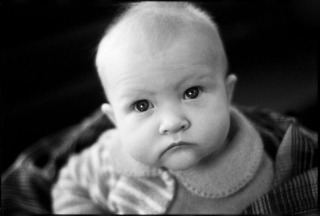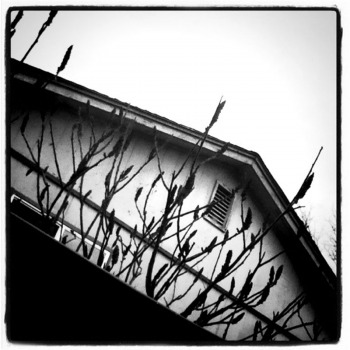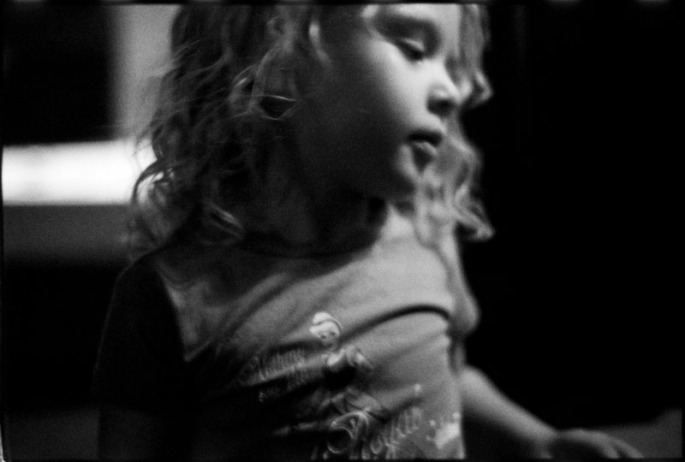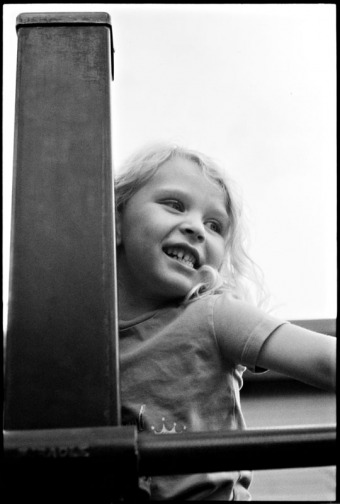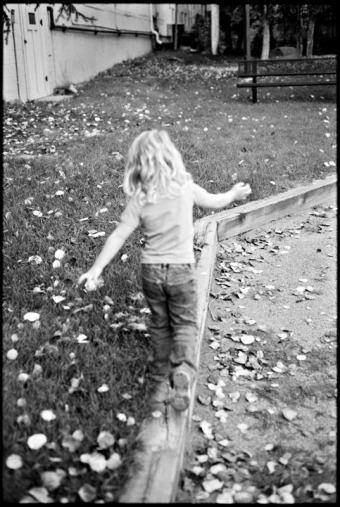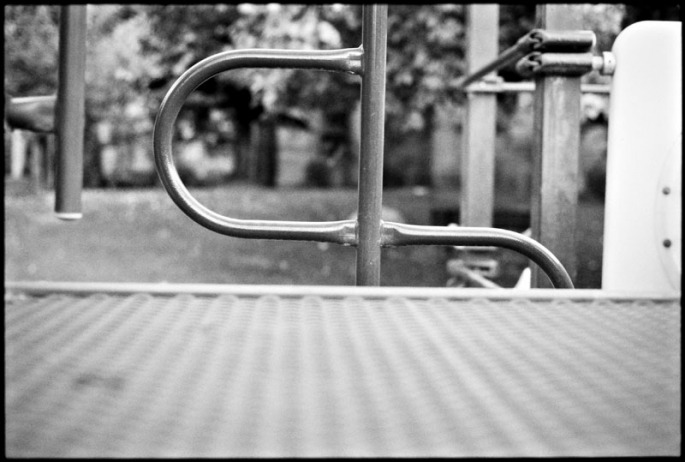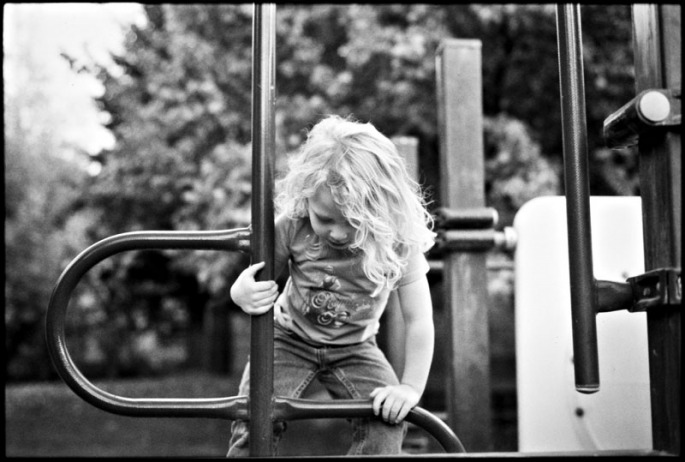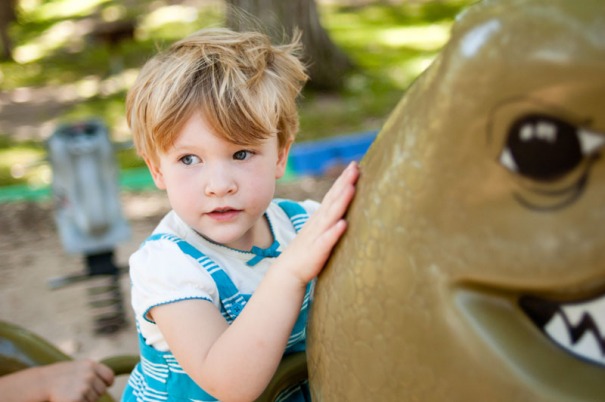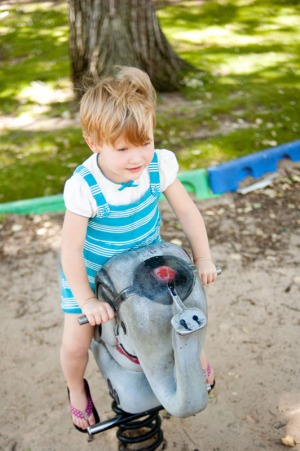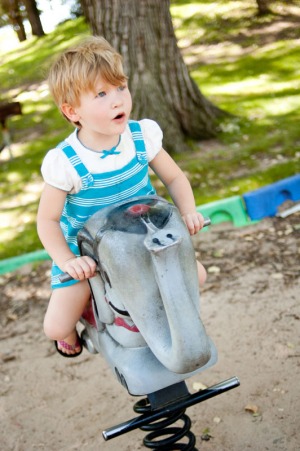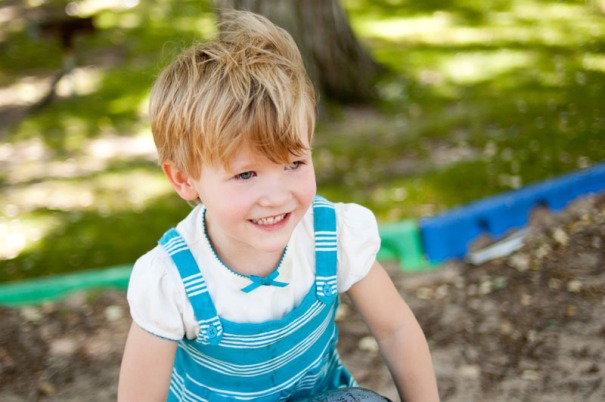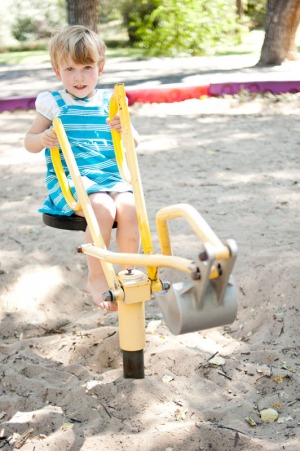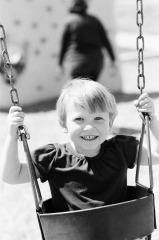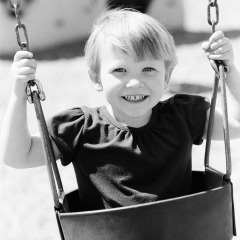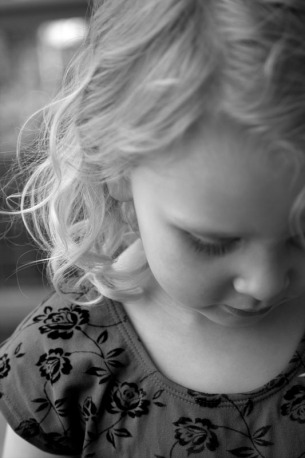The mountains of Colorado get a lot of love from photographers (for good reason). This is a really beautiful state, and the first subject that generally leaps to mind, is the mountains.
Having grown up spending a lot of time out on the Eastern Plains with relatives, when I think about cool places to shoot, this other half of the state really calls to me. Out on the plains, agriculture and open spaces rule. This gives photo opportunities that we rarely come across in the city. In the small towns, the pace of change is slower. Old buildings stick around longer. And history feels real, not like something that was made-up for the tourists.
Below I have a few pictures that were shot on a trip to Wray, CO (my Dad’s home town) last summer. They are all pictures of buildings, some in use, some abandoned. The images were all shot on a quick walk around town early on a Sunday morning. The streets were pretty much empty, so I had the place to myself. I was really happy with the textures and forms that I got with these pictures, also the detail visible in both highlights and shadows is really amazing – gotta love that black and white film.
Hopefully you will like these pictures, and if you are thinking about a quick photo trip, I would highly recommend taking a look at a map of Colorado, picking a small town out on the plains and pointing your car in that direction. You never know what beautiful pictures you will find along the state highways, county roads and small town streets.
You can click on any of the images to see them larger. Enjoy…
Tech Info:
Fuji GS645S
60mm f4 Fixed Fujinon Lens
Fuji Acros 100
Ilford Ilfotec DD-X Developer
Epson 4870 Scanner + VueScan + Adobe Camera Raw

